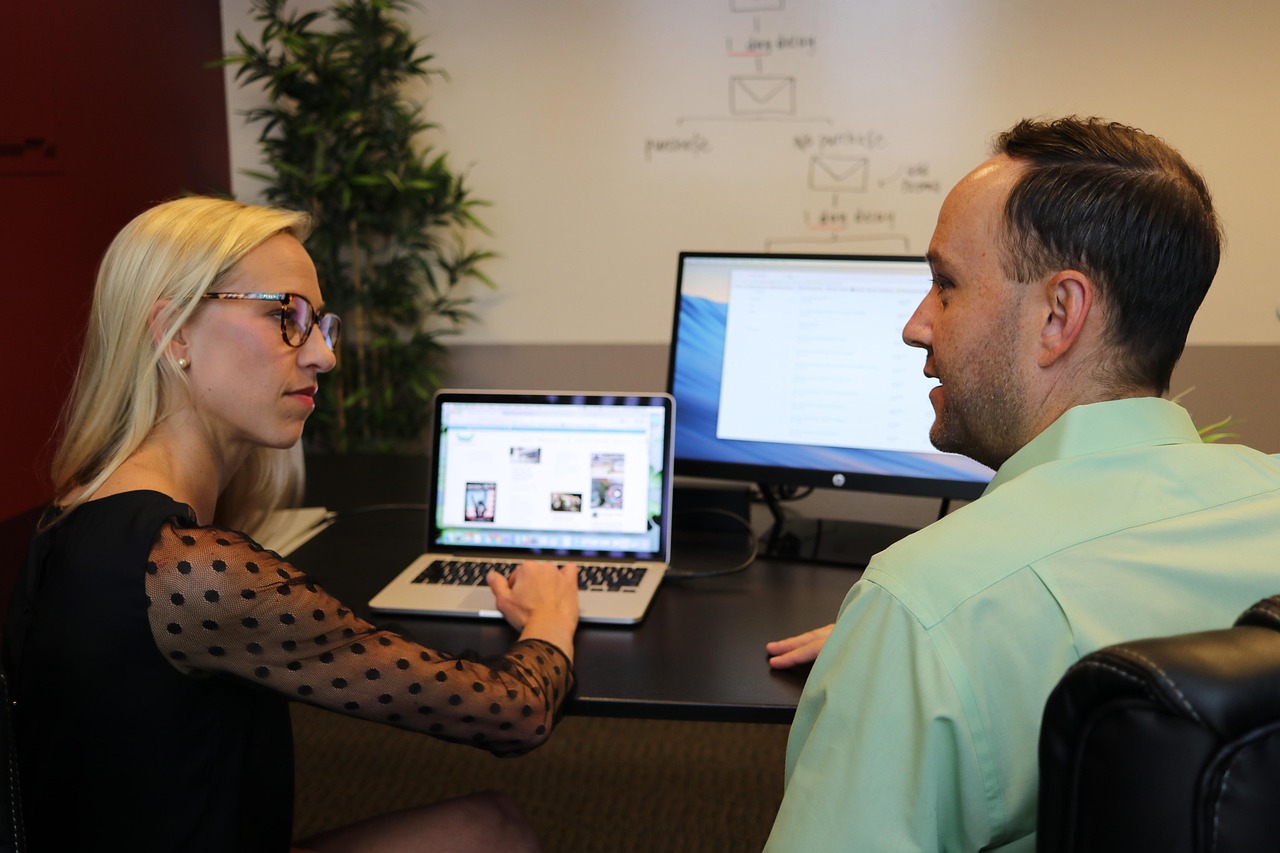The First Conversation with a Client – Balance, Impact and Trust
Your first conversation with a potential client is more than just an introduction – it’s a door-opener. Within the first few minutes, the tone is set: will trust develop, will you be seen as competent, and will there be a reason for a follow-up? One of the biggest challenges is finding the right balance – between introducing yourself and presenting your company, and between what you want to say and what the client actually wants to hear.
Self-image vs. client perspective – what really counts?
A common mistake many professionals make is focusing too much on their own story, their career history, and their products. But the client’s first thought isn’t about you – it’s about themselves: their challenges, their goals, their risks. The key question should always be: how exactly can I help the person in front of me?
That’s why it’s important not to overload your introduction. Far better is a short, clear, and relevant overview: “I help businesses like yours achieve X by making Y possible.” That sets the frame. Then – listen more than you talk.
What builds trust
Trust comes from authenticity, clarity, and genuine interest – not from PowerPoint slides. People remember those who ask real questions, listen carefully, and respond thoughtfully. At the end of the day, people trust people, not logos.
A strong opener is to start with a short, honest introduction of yourself. Avoid scripted clichés – share something that makes you relatable. For example: “I’ve been in this industry for over 20 years, working both at corporate level and directly with farmers – and what keeps me passionate about this work is…” This works because it’s personal. From there, ask questions and show genuine curiosity. Don’t jump straight into pitch mode.
Here are three questions that can open doors:
- “What’s been your biggest frustration with service providers in the past?”
- “What would be a real win for you from working together?”
- “What would need to happen for you to walk away saying: that was a valuable meeting?”
The business card
It may seem old-school, but in many industries – especially in B2B and industrial sectors – a business card still signals professionalism and traceability. A high-quality card in terms of design, paper, and feel communicates respect and seriousness. But more important than the card itself is this: will you be remembered once you’ve left?
A personalised follow-up email, written with clear reference to what was discussed, will often put you a step ahead of most others.
In summary:
A successful first meeting isn’t a pitch – it’s a conversation between equals. People buy from people – and they trust those who listen first and then help. The balance between presenting yourself and focusing on the client will determine whether the meeting leads to a relationship – or a missed opportunity.
Recommended reading:
Pitch Anything – Oren Klaff
→ On the psychology behind successful conversations and how to persuade effectively.
The Trusted Advisor – David H. Maister
→ A classic on building trust in professional relationships.
Start With Why – Simon Sinek
→ For anyone wanting to understand how a clear “why” wins people over.
